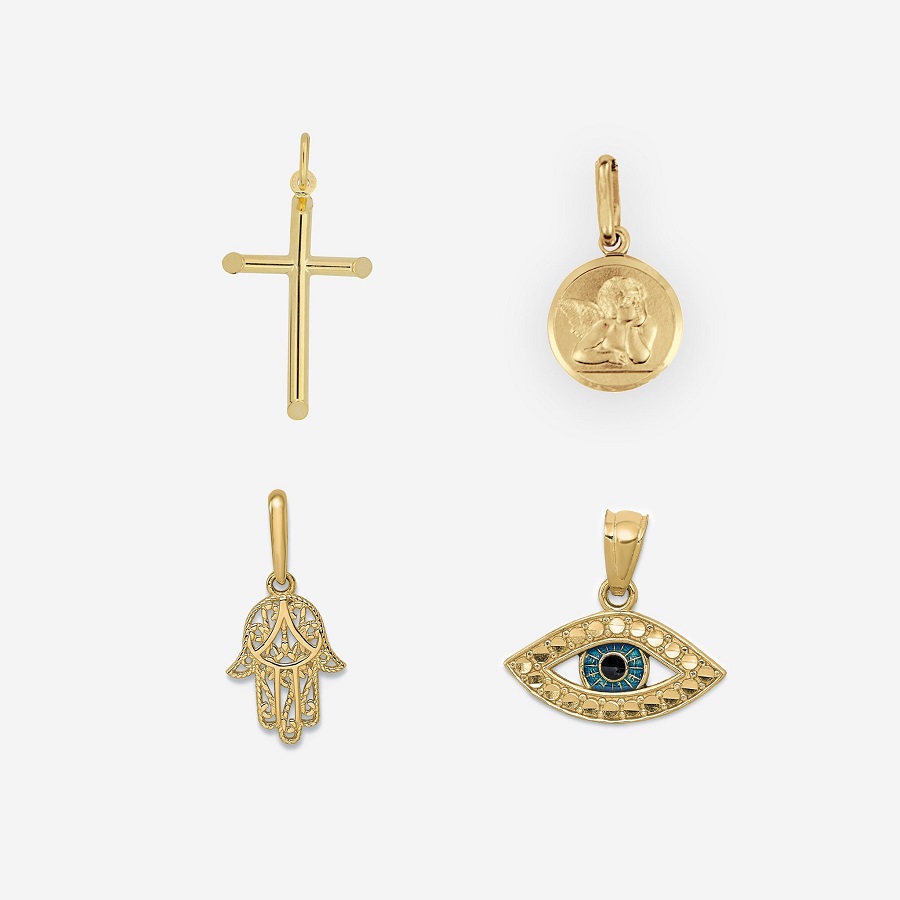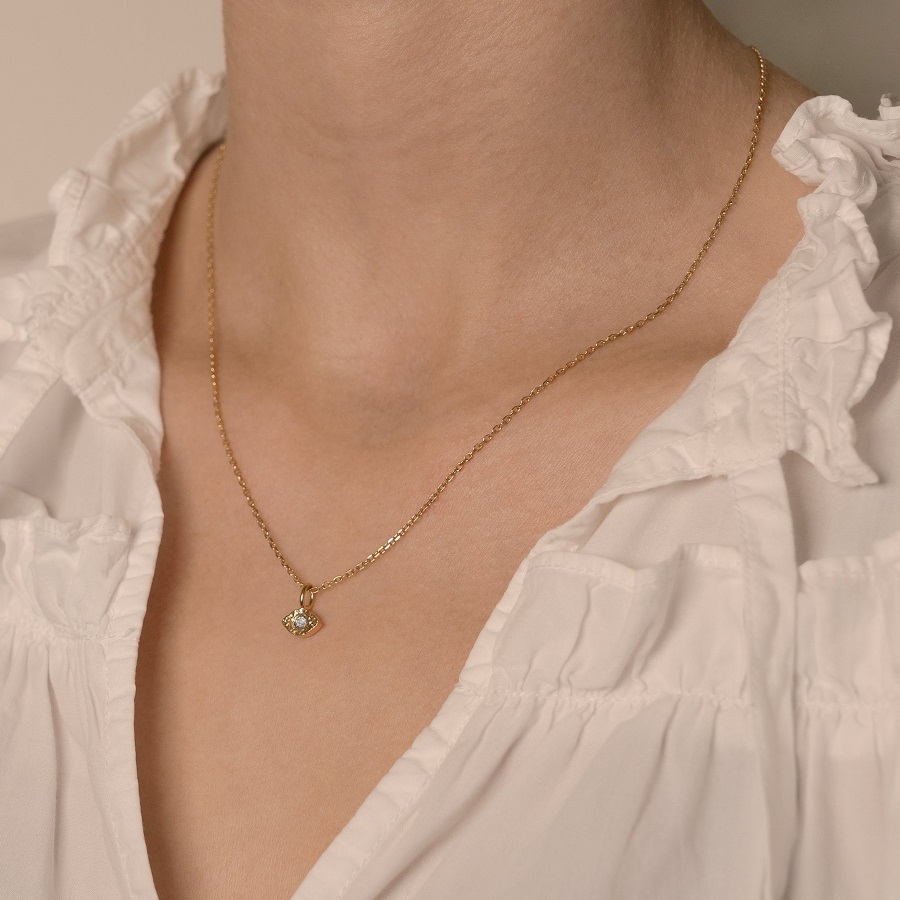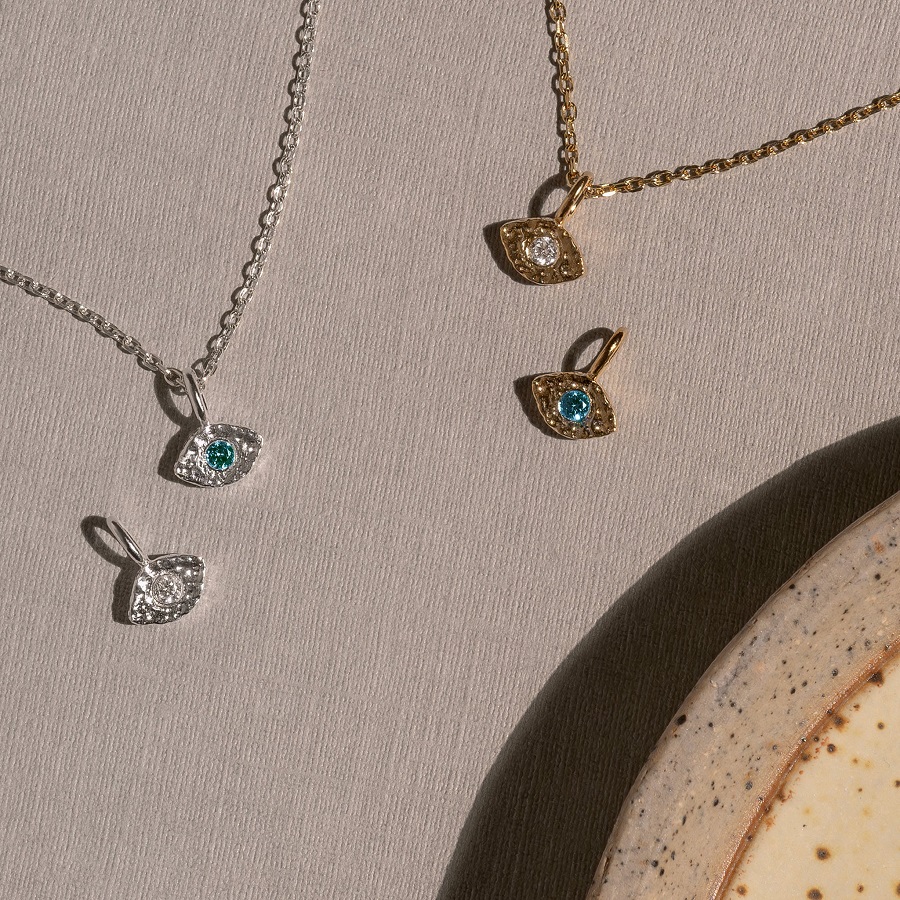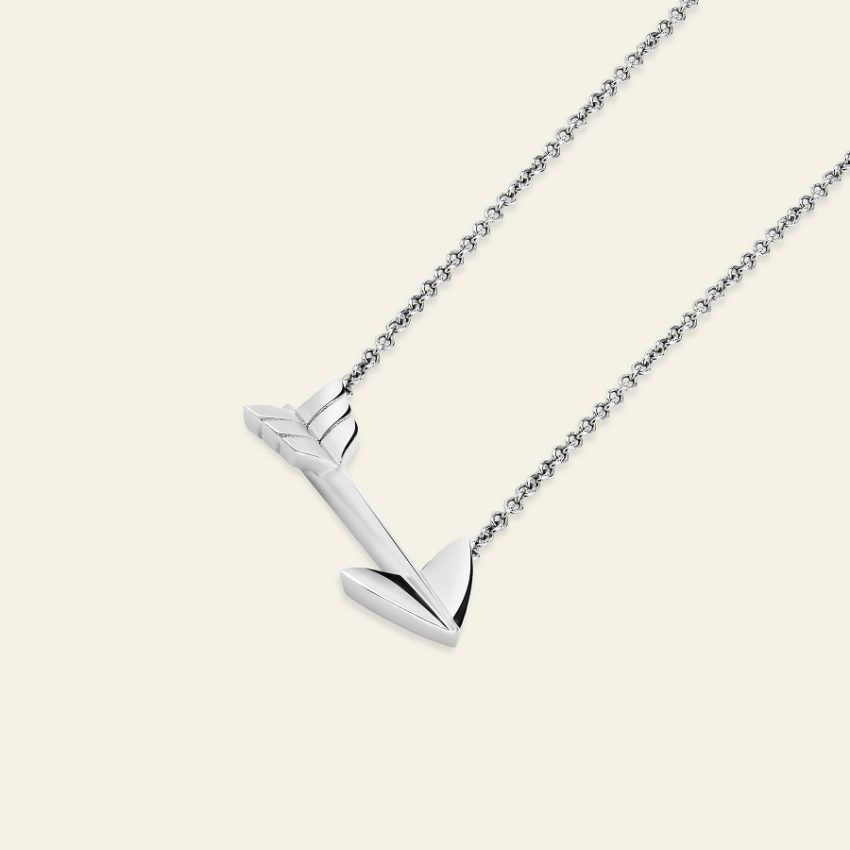Introduction
Jewelry has the remarkable ability to elevate any outfit, express personal style, and tell a story. Among the myriad of jewelry options available, pendants stand out as versatile and meaningful pieces that can be worn for almost any occasion. Whether you’re looking for a simple design to complement your everyday look, a statement piece for a special event, or a personalized item that carries sentimental value, selecting the perfect pendant requires thoughtful consideration. Here’s a guide to help you navigate through the options to find a pendant that suits every occasion.
The Origins of Pendants: Archaeological Insights
The origin of pendants can be traced back to ancient civilizations, where they served as talismans, protection amulets, or markers of status. Archaeological finds in Egypt suggest that as early as 3000 BCE, artisans crafted pendants using gold, lapis lazuli, and other precious materials. Egyptian pendants often featured symbols like the ankh, scarab, or the Eye of Horus, representing life, transformation, and protection.
The Classical Era: Greek and Roman Perspectives
As we move into the classical era, Greek and Roman cultures further advanced the art of pendant making. Greek craftsmanship introduced the technique of fusing gold and gemstones into intricate designs. Pendants were often adorned with motifs representative of mythology and nature. They served not just decorative purposes but acted as academic tools; for instance, pendants depicting philosophers or mythological stories functioned as conversation starters and social status symbols.
The Romans capitalized on this trend, incorporating pendants into their extensive jewelry collections. They frequently used cameos—carved representations of people or scenes—attached to gold or silver chains. These pieces not only reflected artistry but indicated wealth and taste.
The Medieval Period: Religious Symbols and Societal Changes
The Medieval period brought a shift in the cultural significance of pendants, especially in Europe. Jewelry became intricately linked with religion. Pendants in the shape of crosses, saints, and other religious symbols became widespread among Christians. During this time, piety was both a personal attribute and a display of social morality; thus, wearing religious pendants signified one’s faith and rank within the community.
Additionally, various cultures around the world saw the rise of pendants made from natural materials such as bone, wood, and shells. Indigenous societies created pendants to signify tribal affiliations or important life events, embedding them with spiritual meaning.
The Renaissance: Artistic Expression and Symbolism
The Renaissance marked a resurgence in the arts, and pendant design flourished as part of this cultural rebirth. Jewelers began to explore intricate detailing, often inspired by nature and human emotion. The use of enamel and gemstones became prevalent, enhancing the aesthetic appeal of pendants. Notably, the medallion pendant emerged during this era, often featuring portraits or engraved designs that celebrated the achievements of individuals.
At this time, pendants were also imbued with societal significance; they could convey messages about wealth, political power, and individual identity. They were often given as tokens, symbolizing affection and commitment, a practice that laid the groundwork for modern-day pendants as gifts.

Understanding Pendant Styles
Before diving into specifics, it’s essential to familiarize yourself with the different styles of pendants available. Here’s a brief overview of some popular types:
- Charm Pendants: These often represent personal interests or memories and can be added to a chain or bracelet for a customized look. They are perfect for casual outings or layered looks.
- Birthstone Pendants: Incorporating the wearer’s birthstone can add a personal touch. These are ideal for birthdays, anniversaries, or as meaningful gifts.
- Locket Pendants: Lockets can hold photographs or small mementos. They are perfect for preserving memories and make a thoughtful gift for loved ones.
- Statement Pendants: Larger and often more intricate, these pieces are designed to catch the eye and serve as a focal point. They are excellent for formal events or nights out.
- Minimalist Pendants: Clean lines and subtle designs characterize these pendants, making them perfect for everyday wear or professional settings.
- Necklace Sets: Some pendants come as part of coordinated sets with earrings or bracelets, allowing for a cohesive look.
Consider the Occasion
When choosing a pendant, it’s essential to consider the occasion. Here are some suggestions for various events:
1. Casual Outings
For casual outings like brunch with friends or a day at the park, you’ll want something lightweight and comfortable.
- Recommendation: Opt for a charm or minimalist pendant that reflects your personality. A simple silver or gold pendant, such as a geometric shape or a small initial, blends well with everyday outfits and adds a touch of elegance without being overpowering.
2. Office Wear
In a professional environment, your jewelry should be polished yet understated. A well-chosen pendant can enhance your business attire.
- Recommendation: Consider a small, classic pendant such as a simple silver or gold disc, diamond solitaire, or a birthstone set in a delicate setting. These options strike the right balance between professionalism and personal style.
3. Date Nights or Special Events
When heading out for a romantic evening or attending a gala, you want a pendant that adds glam without overshadowing your outfit.
- Recommendation: A statement pendant, perhaps adorned with gemstones or intricate designs, can be a stunning choice. Look for pieces that have a bit of sparkle, as they can elevate your look beautifully. Pair it with an elegant dress to create a fashionable ensemble.
4. Weddings and Formal Gatherings
For weddings or formal events, your jewelry should complement your attire gracefully.
- Recommendation: Consider a stylish locket pendant or a gemstone-encrusted piece that coordinates with your outfit’s color scheme. The thoughtful touch of wearing something that matches or complements the bridal party’s attire can be especially meaningful if attending as a guest.
5. Gifts and Milestones
When selecting a pendant as a gift for milestones—such as birthdays, anniversaries, or holidays—consider the recipient’s personality and your shared experiences.
- Recommendation: Personalized pendants, such as those with initials, birthstones, or meaningful symbols, make thoughtful gifts. You may also choose a charm that represents a shared memory, like a symbol of a family vacation or hobby, making it not just jewelry but a treasured keepsake.
Material Matters
The material of the pendant is crucial in both aesthetics and wearability. Here are common options:
- Gold: A timeless choice offers warmth and luxury. Decide between yellow, white, or rose gold based on personal preference and skin tone.
- Silver: A classic choice for casual and formal attire alike. It’s durable, often more affordable than gold, and has a modern appeal.
- Platinum: More expensive but incredibly durable, platinum is ideal for heirloom-style pieces or engagement pendants.
- Gemstones: Consider pendants featuring gemstones like sapphires, emeralds, or diamonds. These add color and elegance. Ensure the stones used are genuine and well-set for longevity.
- Natural Materials: For a boho-chic look, pendants made from materials like wood, shells, or crystals can add an earthy aesthetic and appeal to nature lovers.
Comfort and Size
Ensure that the pendant is comfortable to wear for extended periods. Consider the following:
- Weight: Heavy pendants can become burdensome. Choose a size that feels comfortable and doesn’t tug on your neck.
- Chain Length: The length of the chain can impact how the pendant sits. For versatility, consider necklaces with adjustable lengths or different chain styles.

The Industrial Revolution: Mass Production and Accessibility
The Industrial Revolution brought about significant changes to jewelry making. With advancements in technology, the mass production of pendants became possible, leading to greater accessibility. While many people had traditionally worn handmade pieces, the rise of machine-made jewelry allowed for a more extensive array of designs to enter the market.
During this period, pendants began to reflect contemporary trends, moving away from solely symbolic motifs to include elaborate designs that appealed to the masses. Art Nouveau and Art Deco movements influenced pendant designs in the late 19th and early 20th centuries, merging nature-inspired art with geometric shapes and modern embellishments.
20th Century to Present: Diverse Styles and Global Influence
The 20th century saw the globalization of style and culture, leading to an eclectic mix of pendant designs. From beaded pendants inspired by Indigenous cultures of North America to the minimalist aesthetic of Scandinavian design, the pendants of the modern era reflect a rich tapestry of influences.
In contemporary fashion, pendants have taken on new meanings. They often resonate with personal significance, marking milestones like anniversaries, births, or losses. Charm necklaces and personalized pendants allow individuals to express their unique narratives. Fashion designers have also embraced pendants as key accessories, creating statement pieces that challenge traditional ideas of jewelry.
The Cultural Significance of Pendants Today
Today, pendants continue to hold profound cultural significance worldwide. In many cultures, they symbolize identity, faith, love, or remembrance. For example, in certain African cultures, pendants serve as markers of social status, tribe affiliation, or lineage. In contrast, pendants in Western cultures may represent personal beliefs, memories, or fashion statements.
Moreover, the rise of sustainable and ethically sourced jewelry has led to a revival of interest in handcrafted pendants. Artisans and jewelers often emphasize the cultural stories behind their designs, offering consumers pieces that have personal and historical significance.

Final Thoughts
Selecting the perfect pendant is an opportunity to showcase your style, commemorate a special moment, or enhance your outfit for any occasion. By considering style, occasion, material, and comfort, you can make an informed choice that reflects your personality and complements your wardrobe. Remember that jewelry is an extension of yourself; always choose what resonates with you personally, as it is the sentiment behind the piece that makes it truly special.
Whether you’re dressing up for a gala or going about your day-to-day life, the right pendant can make all the difference. Happy shopping!

